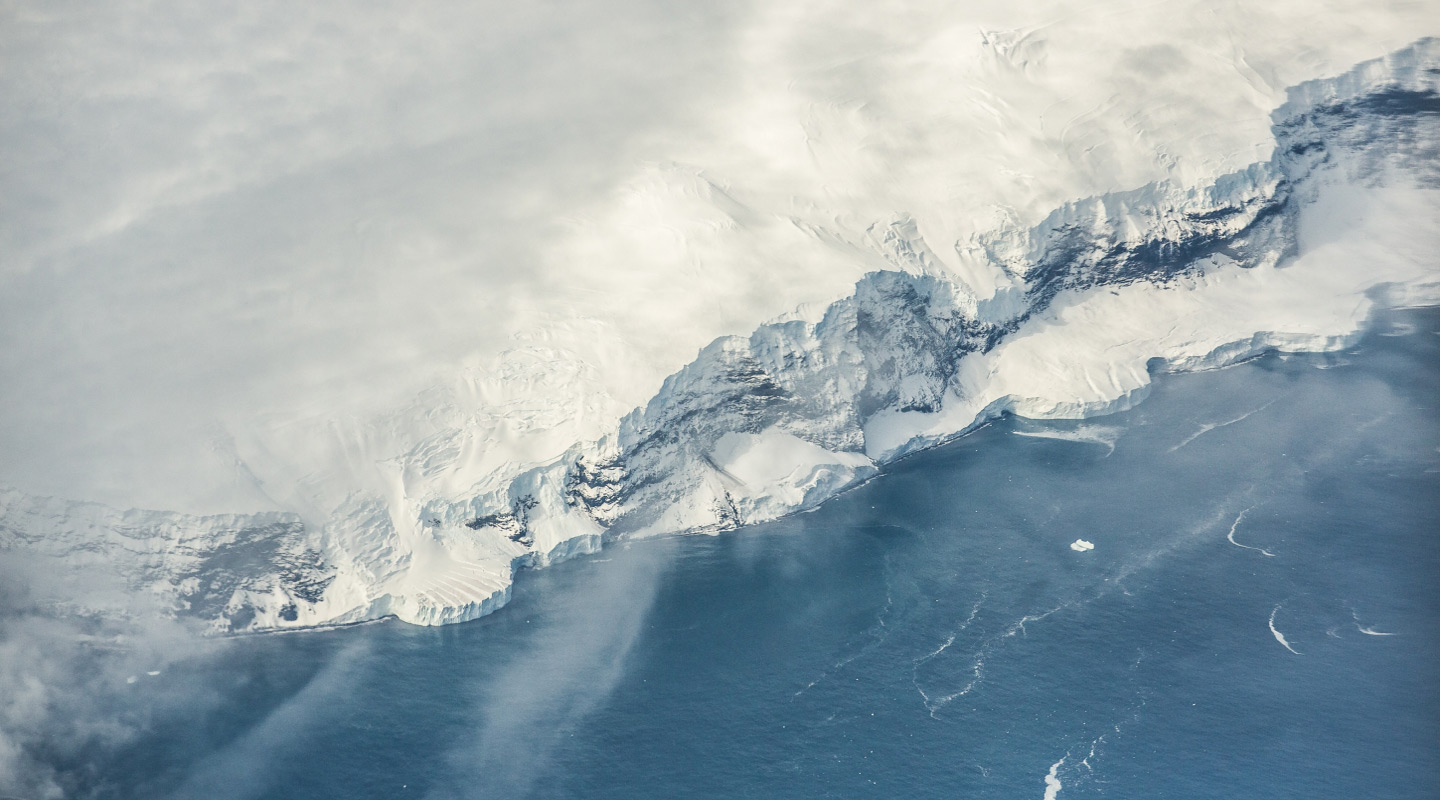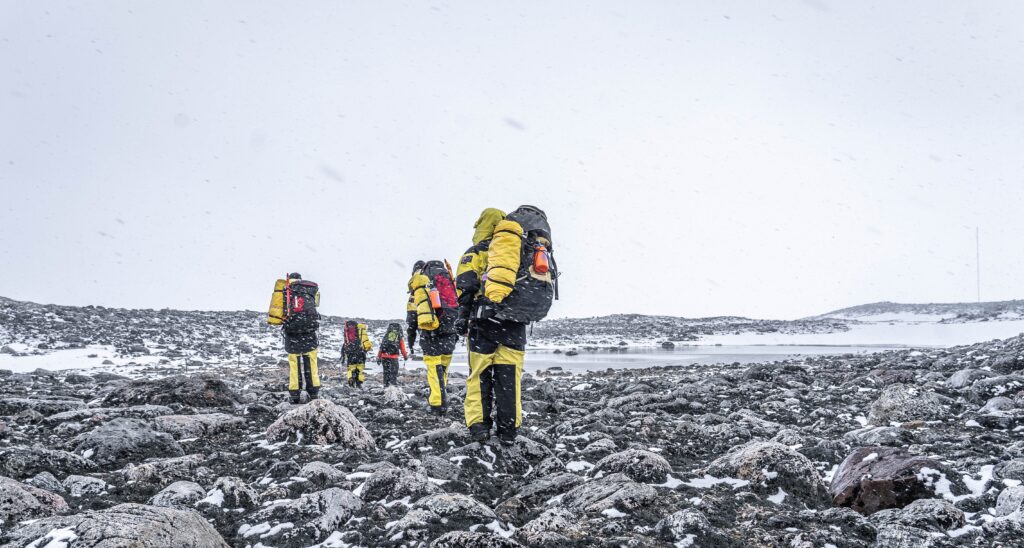Reasons to Care
Antarctica is a pristine and stunning wilderness so remote and hostile that most of us will never lay eyes upon it. But out of sight, can’t mean out of mind for this region. It has a profound effect on our everyday lives and our future depends on it. Here are 14 reasons why.
Antarctica Maintains Sea Level
Antarctica – Coming to a Suburb Near You
The Antarctic Ice Sheet contains a total contribution of approximately 58 m in sea level rise were it to melt entirely. Current estimates predict a rise in Global Mean Sea Level (GMSL) of somewhere between 44 cm and 70 cm by 2100 if current greenhouse gas emissions trajectories continue. We are already committed to 40 cm of GMSL rise. This means that 1 in 100-year coastal flood events will become annual for much of the world’s coastline by 2100.
Importantly, 2 m of GMSL cannot be ruled out because of uncertainty about the behaviour of the Antarctic Ice Sheet in the near future.

Bondi Icebergs swimming pool. Credit: Nick Jones
Antarctica and the Southern Ocean Control the Climate
Antarctica Keeps Your Cool
The ocean plays a crucial role in absorbing excess heat and CO2 from the atmosphere. The Southern Ocean, which encircles Antarctica, bears the brunt of this workload. Although it covers about one-third of the world’s ocean area, it absorbs more than two-thirds of human-made heat and about half of the human-made CO2 emissions.
Without the Southern Ocean, atmospheric CO2 concentrations and land surface temperatures due to climate change would be much higher.

Ross Sea. Credit: Matthias Dehling
Antarctica and the Southern Ocean Regulate the Earth’s Circulation
Lively Oceans from Antarctica
The Southern Ocean is disproportionately important in global climate and ecological systems. This is because it links the Atlantic, Pacific and Indian Oceans in the global overturning circulation, the system that drives the movement of ocean water around the planet distributing heat and nutrients.
Changes to the Southern Ocean will affect circulation patterns globally, including the Atlantic Meridional Overturning Circulation, the ocean current system which regulates temperature in the Northern Hemisphere.

The Southern Ocean drives ocean circulation. Credit: Laura Phillips based on original by Mike Meredith
Antarctica and the Southern Ocean Influence Extreme Events
What Happens in Antarctica Does Not Stay in Antarctica
Climate drivers that change our weather – such as the El Niño Southern Oscillation (ENSO) – are major features influencing our climate and weather patterns. Connections between the Antarctic and Tropical regions of the atmosphere mean that changes to major climate drivers of the Antarctic and Southern Ocean (such as the Southern Annular Mode) influence the weather in the tropics and vice versa.
The Southern Annular Mode and other changes in Antarctica’s climate have a pronounced influence on temperature extremes, drought and fire risk in Australia, and influence other societally significant climate patterns including the El Niño Southern Oscillation and the Monsoon.
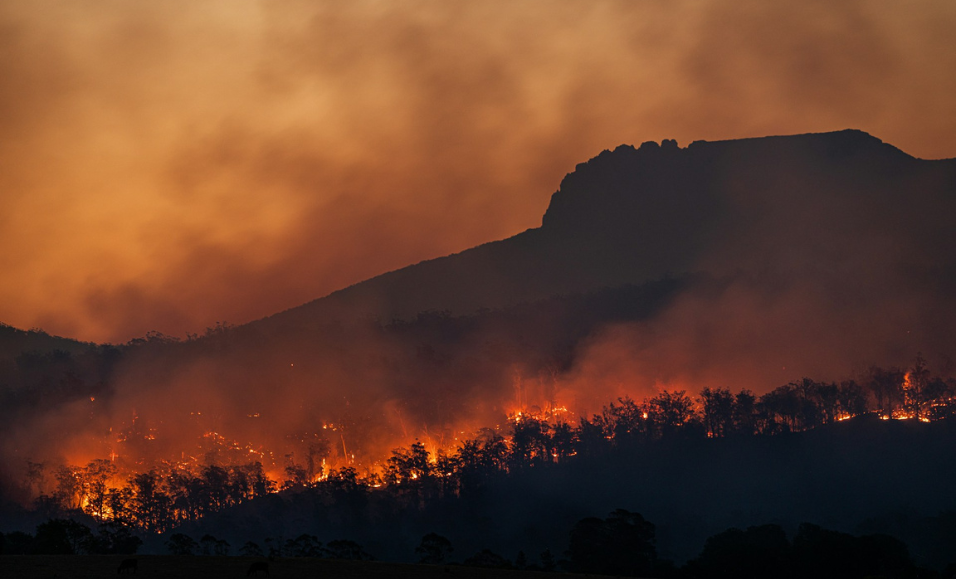
Bushfire below Slacks Bluff in Tasmania. Credit: Matt Palmer
The Antarctic Delivers Early Weather Warnings
Early Earnings from the Ice
Weather observations are one of the longest standing activities undertaken in the Antarctic region, and remain one of the most important.
Weather generated in the Antarctic has profound effects on human activities in the Southern Hemisphere, including power provision, air travel, shipping, and agriculture.
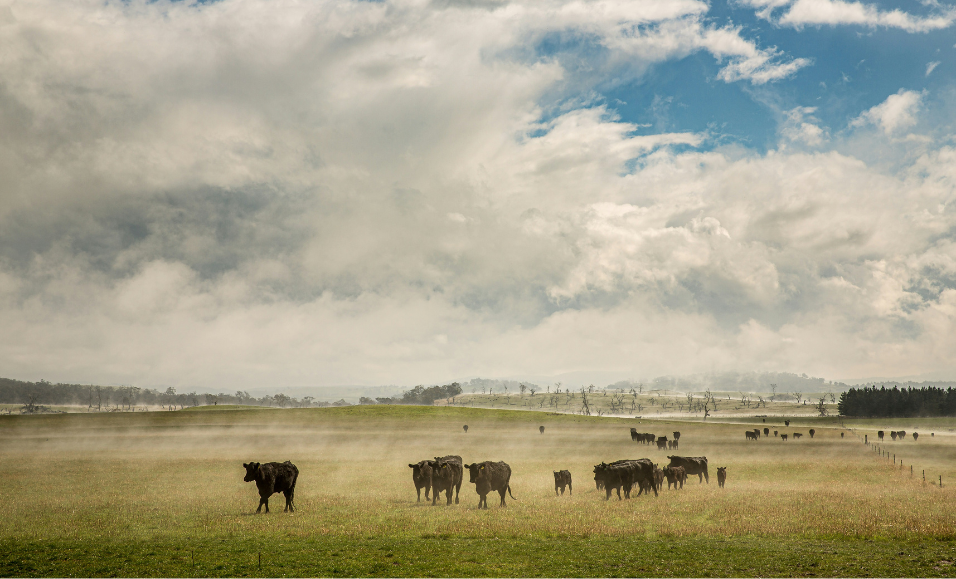
Cattle in Tasmania. Credit: Matt Palmer
Antarctica Delivers Early Warnings from Space
Antarctica Gets the Jump on Solar Flares
Antarctica is one of the best places on earth to observe the behaviour of our sun. Coronal mass ejections (huge eruptions of magnetic fields and plasma from the sun – sometimes called solar flares) trigger geomagnetic storms – huge disruptions of Earth’s magnetic field.
These geomagnetic storms disturb power grids, aviation, satellites, and all the human activities dependent on them. Studying ‘space weather’ provides early warnings of these disruptions.
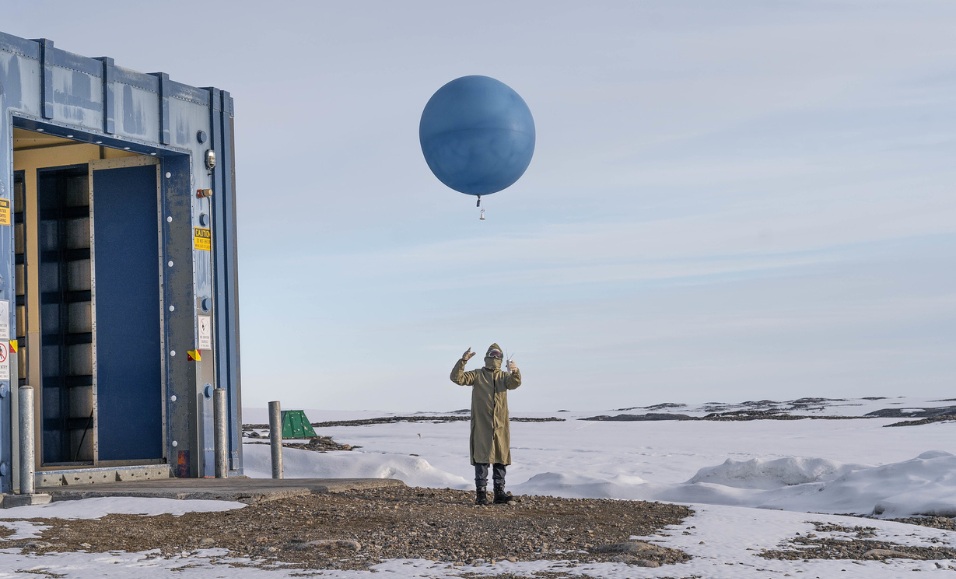
A weather balloon being released at Casey Station. Credit: Emiliano Cimoli
Antarctic Agreements Facilitate Peaceful Relations
Antarctica Keeps the Peace
The Antarctic Treaty System is an international agreement that sets the region aside as a natural reserve devoted to peace and science. It remains one of the few places in the world free from military activity and regulated to be free from military conflict.
By regulating sea level, the Antarctic Ice Sheet prevents Indo-Pacific peoples from becoming stateless and losing their Exclusive Economic Zones to international competition because of rising seas.

Opening day of the first Consultative Meeting of the Antarctic Treaty, Parliament House, Canberra. 10 July 1961. Credit: National Archives of Australia
Antarctica and the Southern Ocean Provide Resources
Our Lives Better Because of Antarctica
The Antarctic region provides resources that support human health and lifestyles.
Bioprospecting has delivered many patented products from the Antarctic and Southern Ocean, including antifreezes and medicines.
Fisheries in the Southern Ocean are a source of krill and toothfish that when managed well can contribute to human health and economies.
Tourism to the region enables people to experience the wonders of Antarctica creating ties that foster civil society’s care for the region.
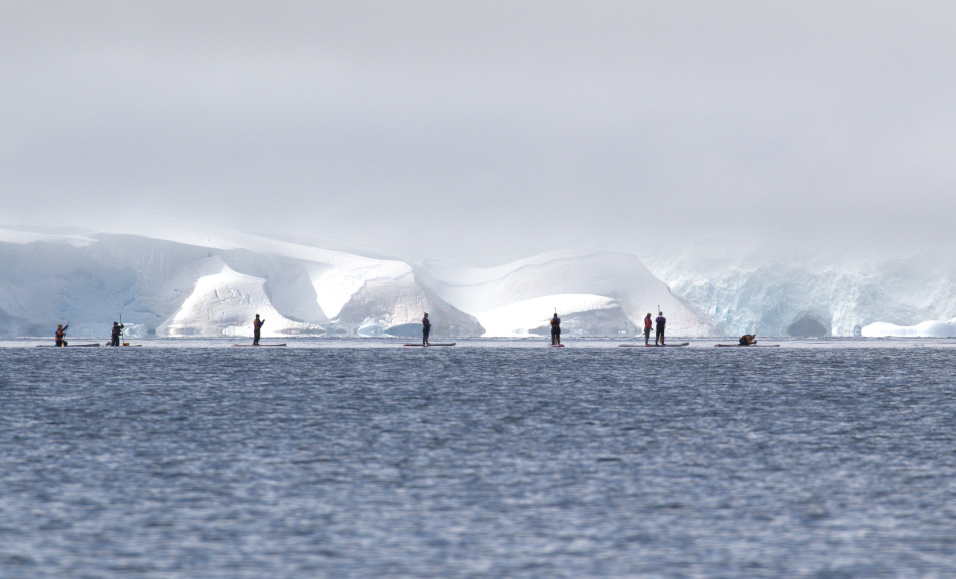
Tourists stand-up paddle boarding on the Antarctic Peninsula. Credit: Steven Chown
Antarctica Teaches Us About Our History and Our Future
Read the Ice – Avoid Catastrophe
The Antarctic Ice Sheet provides a record of the changing Earth System, revealed through the collection of ice cores.
Understanding this history helps us take action to prevent, prepare for and adjust to the new world of extremes and change that is the Anthropocene – the age of humans.
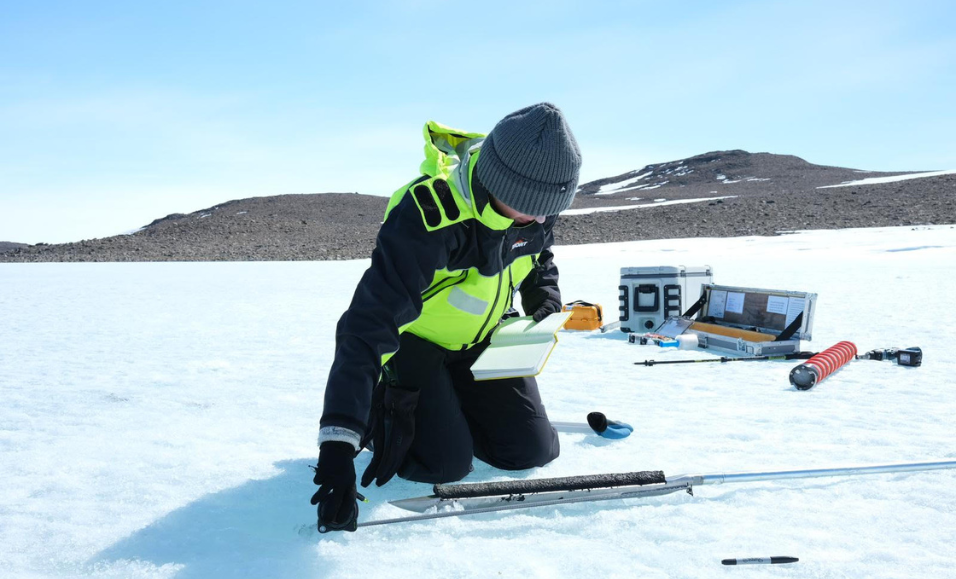
SAEF PhD student examining a sediment core in the Bunger Hills. Credit: Corey Port
Antarctica and the Southern Ocean Help Generate Life’s Diversity
Thanks Cold Oceans for All Those Fish
The Antarctic acts as a global biodiversity pump. It generates a substantial proportion of the world’s new species through geological time, especially in its marine ecosystems.
Ecosystems in the Southern Ocean are highly productive and incredibly diverse – equal to the tropics for many organisms. Species with extraordinary adaptations to the cold, including some of the world’s most unusual animals, such as icefish and giant sea spiders, live in the Southern Ocean.
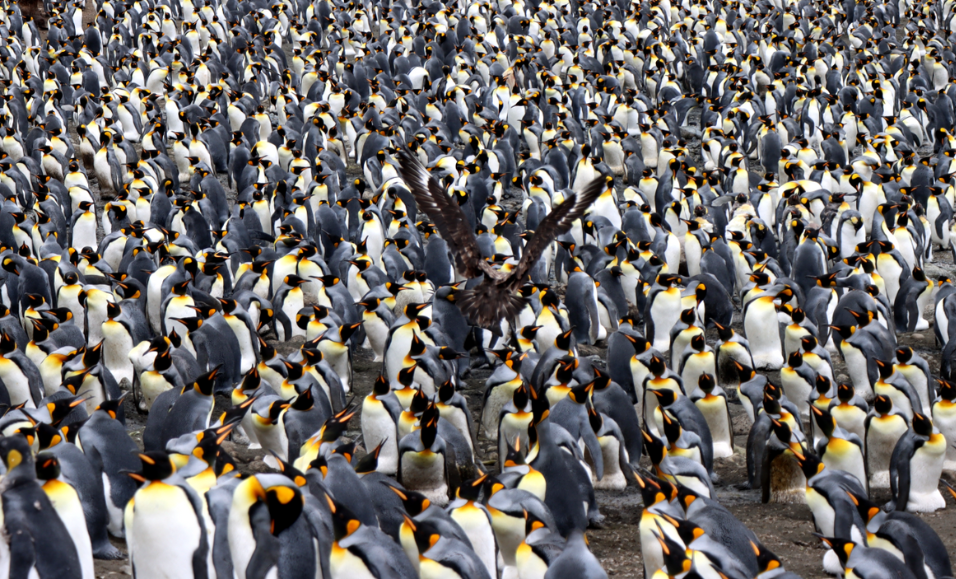
King Penguins and a brown skua on Macquarie Island. Credit: Kita Williams
Antarctic Systems Can Replicate Other Planets
Heavenly Things on Our Icy Earth
Antarctica is the only continent on Earth that has areas devoid of life, a distinguishing feature that it likely only shares with other planets in our solar system.
In parts of Antarctica where little else can survive, microbial communities thrive by scavenging trace gasses such as hydrogen from the air. They can find one particle of hydrogen in a million particles of air. This “hydrogen economy” may be the key to finding and understanding simple life elsewhere.
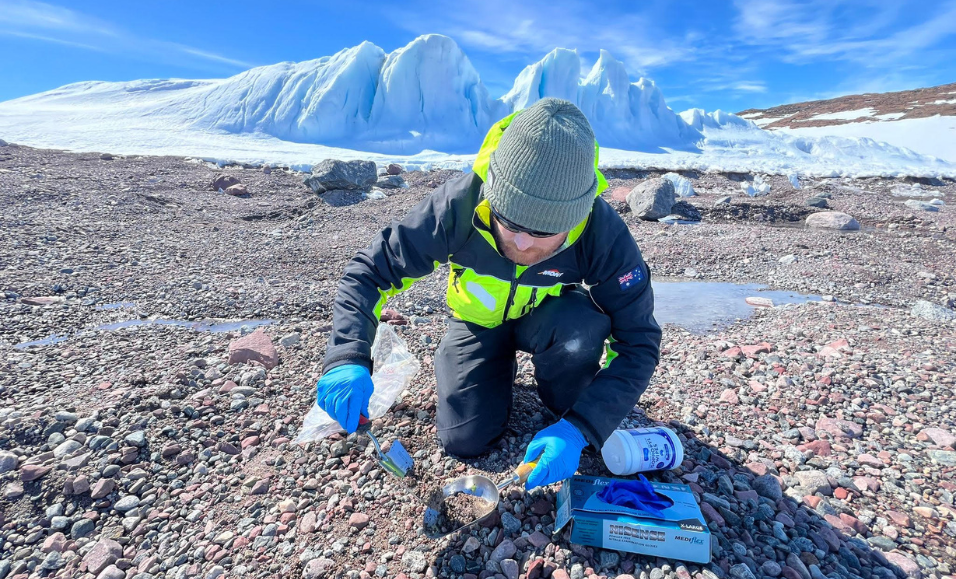
SAEF Postdoctoral Researcher collecting soil samples. Credit: Laura Phillips
Antarctica and the Southern Ocean Remind Us of Our Place
Inner Richness Expanded by Outer Antarctic Awe
The Antarctic continent includes some of the largest wilderness areas on Earth. It incorporates extensive areas that have either never been visited by humans or have very rarely been traversed.
Wilderness enriches and ennobles us.

SAEF scientist viewing the Denman Glacier from a nunatak. Credit: Richard Jones
Antarctic and Southern Ocean Species Induce Wonder
Loss Cannot be Loved
Some of the world’s most culturally important and revered species, that undertake extraordinary feats of survival, migration and flight, live and/or breed in the Southern Ocean and the Antarctic.
Albatrosses, penguins, and whales are iconic in western and indigenous cultures.
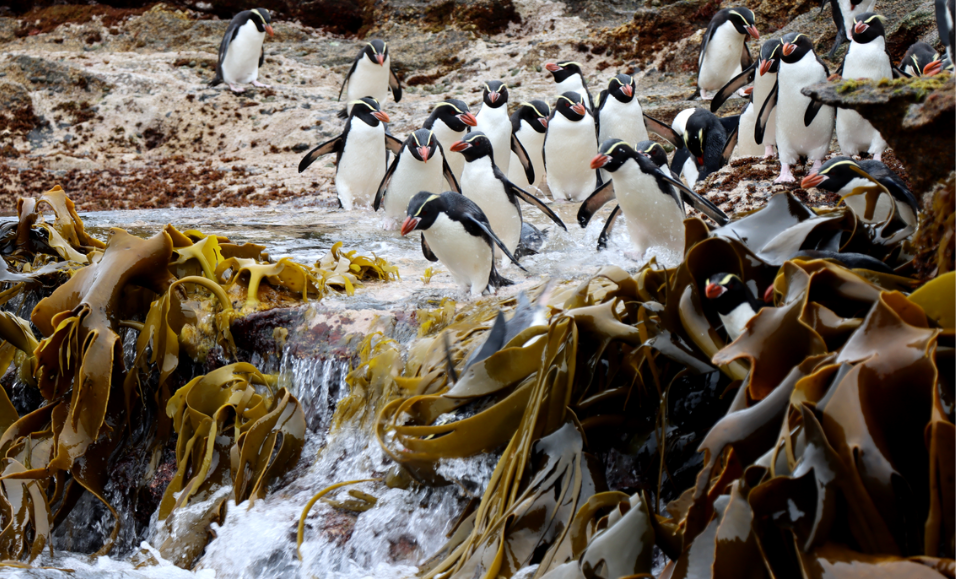
Snares crested penguins. Credit: Kita Williams
Antarctica and the Southern Ocean Are Strikingly Unique
Get it Wrong – Antarctica’s Gone
No other places like this have been found on Earth or in our solar system.
